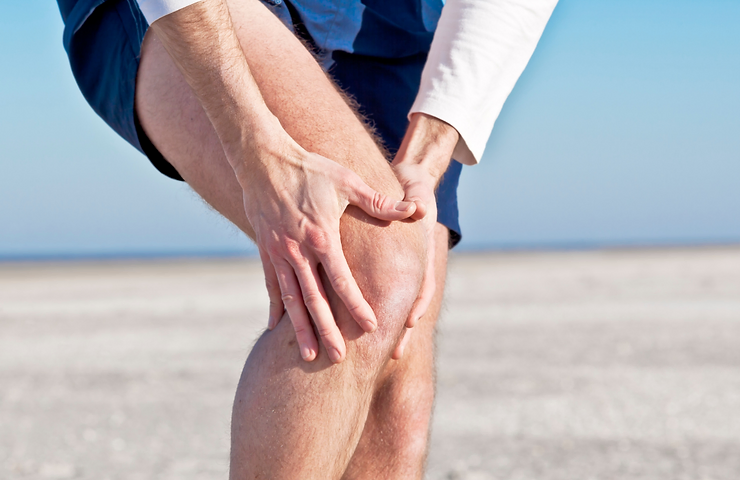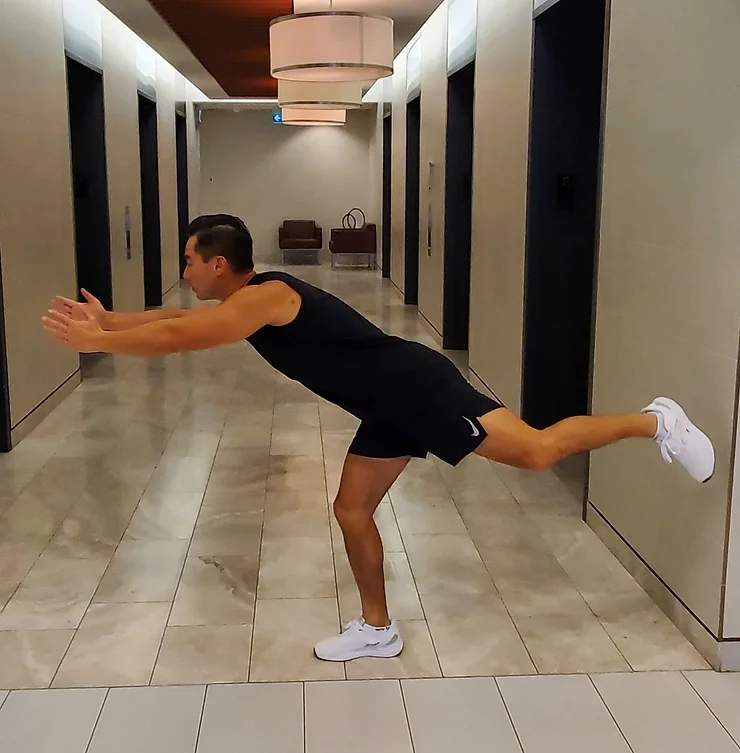
You have been having knee pain for a few years now. Your knee is sore when you have been walking for too long or when you are walking downstairs. The pain used to come and go but over the last 3 months it has been more persistent. You finally go to your doctor who diagnosed you with knee arthritis and recommended physiotherapy. Let’s find out what is knee arthritis and how it is treated.
What is it?
Knee arthritis is inflammation of the knee joint. There is many different types of arthritis such as osteoarthritis, rheumatoid arthritis, psoriatic arthritis, and many others. This article will mainly discuss knee osteoarthritis. Knee osteoarthritis occurs when the protective cartilage that covers the ends of the bones in the knee joint wears away. This can cause the bones to rub against each other, leading to pain, swelling, and stiffness. Knee osteoarthritis is a degenerative condition which means its a wear and tear of the knee joint overtime.
What are the signs and symptoms?
-
Pain and stiffness in the knee joint
-
Swelling and tenderness in the knee joint
-
A grinding sensation or catching feeling when moving the knee.
-
Difficulty standing or walking due to pain and stiffness.
-
A decrease in range of motion in the knee joint.
-
A feeling of “giving way” or instability in the knee.
How is it treated?
Your physiotherapist will focus on massaging the muscles around the knee and hip. He/she will also stretch the knee and hip in order to regain proper flexibility in these joints. Knee arthritis is often caused by weakness in the knee and hip muscles. Strong knee and hip muscles absorbs the compressive forces in the knee when you are walking or running. Weak muscles leads to poor shock absorption in the knee leading to more rubbing and pounding between the surfaces of the bones in your knee. This leads to degeneration of the knee joint. Current research shows overwhelming evidence that a comprehensive physiotherapy exercise program is extremely effective at decreasing pain and improving mobility in knee arthritis.
Common Home Exercises
Glut Medius Leg Raises
Lie on your side. Maintain a straight posture where your shoulder, hip, and feet are in straight alignment. Bring your top leg back behind midline, turn your knee downwards toward the ground, point your toes up (dorsiflexion). From this position perform leg raises by lifting your leg toward the ceiling. You should feel a contraction along the side of your glut. Repeat this for 10-20 repetitions for 3 sets.

Body Weighted Squats
To perform body-weighted squats, stand with your feet shoulder-width apart and your hands clasped in front of your chest. Keeping your back straight and your core engaged, slowly bend your knees and lower your body until your thighs are parallel to the floor. If this is too uncomfortable for your knee start by doing sit to stand squats. To do this, sit all the way down in a chair then stand back up. Repeat this for 10-20 repetitions for 3 sets.
Single Legged Romanian Deadlifts
This balance exercise helps strengthen the muscles in the foot and lower leg. Stand on one leg. Bend forward reaching both arms forward and kick one foot backwards. Try your best to bend forward at your hips and keep your knee fairly straight. Stand back up and repeat. This is a balance exercise so if you fall during a repetition you must repeat it again. Repeat this for 5-10 repetitions for 3 sets.


